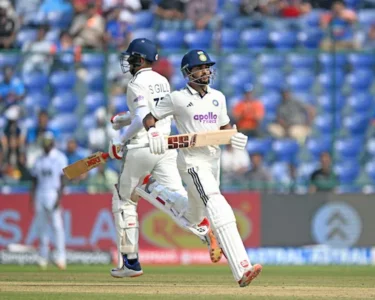When the Nassau County Cricket Stadium in Long Island is stepped onto by the Indian team on Thursday morning, they will be greeted by hoardings proclaiming the Twenty20 World Cup, alongside the stadium’s signboards. The Indian team might well interpret these as ominous signs from beneath the banners: “Caution: Danger Ahead.”
Following the pitch fracas of Tuesday’s match between South Africa and Sri Lanka, unpredictability has swiftly become the defining element of the matches of this World Cup, at least the ones of the New York leg. For the Indian side, this would well be a journey into the unknown, more like a game of Russian Roulette than a conventional cricket contest. South Africa will vouch for this.
While on paper, Ireland are not an opposition that can give sleepless nights to India but the uncertainty of the pitch conditions has added a new dimension to the contest. It nullifies the experience and the strengths of the Indian side. Despite recent victory over Pakistan and the triumph over eventual champions England in the last World Cup, the Paul Stirling-led team may find Indians to be an inexhaustible force, against whom they have never won in their seven face-offs. But it is unlikely to be a straightforward contest, unless the drop-in pitch, prepared in Florida with expertise imported from South Australia, plays true. Ireland, though, would hope it won’t.
If India’s worry is the unpredictability of the surface, unfamiliarity is the concern for the Irish side. With practice facilities arranged elsewhere in the Long Island, the Irish are yet to officially make an entry into the Nassau County Stadium. “We haven’t actually seen the ground and it doesn’t look like we’re going to before the game,” skipper Paul Stirling told Cricket Europe.
Rahul Dravid chose not to disclose the much-debated opening combination







